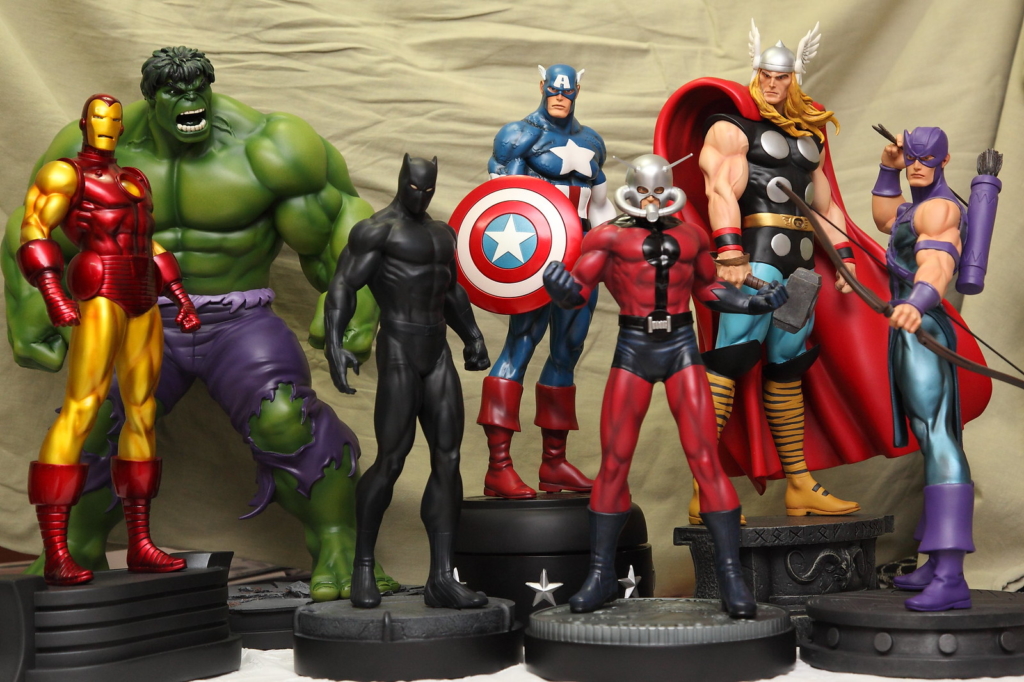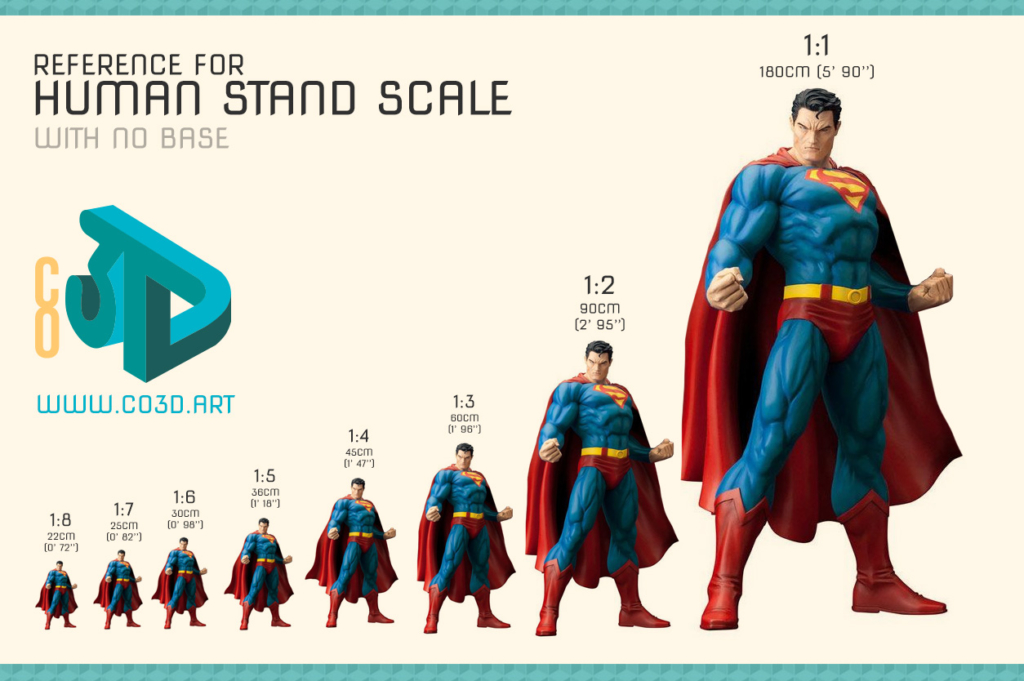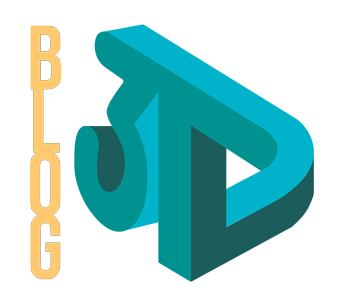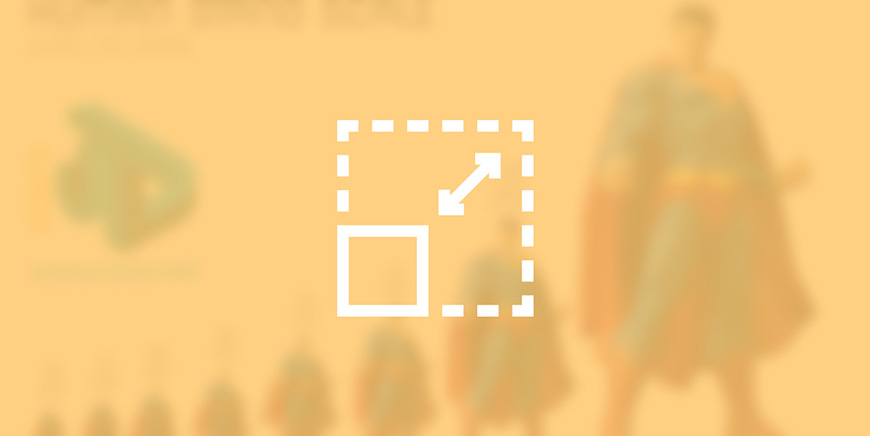Understand how model scales and sizes work for 3D printing
If you are familiar with the world of 3D printing, you should already know that being careful with scale is very important in the process of materializing your .stl file. Despite being an indispensable topic for the area, most of the time, the models that come to us are divided, which makes us not have the notion of the total size of that print.
Let’s take miniatures as an example, which are highly common in our environment. When printing this type of project, it is essential to take into account its height, width and depth. That’s why, thinking of facilitating the printing work and standardizing the collections, the market adopted some scales, which aim to maintain the proportion of the models. Thus, regardless of the size we want to reach at the time of printing, we can adjust the file to our needs without losing its characteristics. Following this logic, we understand that two different characters, when printed at the same scale, can have different sizes at the time of printing. This is because they also have different heights and widths in real life and, in this way, we are better able to preserve their particularities.
Let’s make the matter clearer!
If you have a printed giraffe and cat, both 30cm tall, you have two miniatures of the same size, but in different scales. We know that a giraffe is much taller than a dog. Also, their sizes may vary depending on their position.
The use of scales keeps the working logic more organized, in addition to providing a more refined aesthetic, if you are a collector. See an example of a collection with different sizes, on the same scale:

In the picture above, we can see that the characters keep the same scale, but they don’t have the same height. See how bases of varying heights are used to slightly level out character sizes.
Now, let’s understand a little more about scale types!
A natural scale, ie full size, is represented by the following numerical arrangement: 1:1. This means that every 1cm printed (1:1) is equivalent to 1cm in real life (1:1).
We also have the reduced scale options, of which the 1:2 scale is considered the first. In this case, it means that every 1cm printed (1:1) is equivalent to 2cm in real life (1:2), that is, half the real size.
So how do you know the final size of your print?
Calculating the scale is very simple! Just take the measurement of your object that you want to know (height, width or depth) and divide by the pointed scale (second number after the “colon”).
In this process, it is very important to be aware of the model’s pose and extra elements. Let’s look at another example. To make it easier to measure a human’s size, imagine its size when it’s standing upright, static and without a base or large accessories.

If your object is 1.85m (185cm) tall and you want to print it in a 1:10 scale, just divide 180cm by 10. The result is 18, that is, 18cm.
But if you already have the character printed and want to know its scale, just do the following calculation: 185cm (actual height), divided by 18cm (printed size). The result is 10, that is, a scale of 1:10.
Some scales are used more than others, so it is more common for the calculation to be done the first way. When using the second option, the scale can result in a decimal number, which ends up needing to be rounded.
At CO3D, whenever we talk about scales, whether on the screen of a model or to register a new one, we offer a tool to help your calculation. Visit our website and check: www.co3d.art.
We hope the content was helpful! If you want to chat with us, just get in touch through our social networks or through the contact form.



